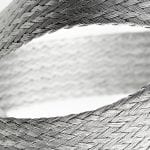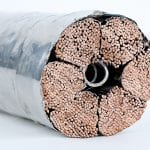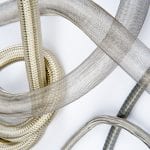Whether testing for voltage withstand, inductance, capacitance, resistance, or triboelectric noise, we perform a variety of electrical tests on the custom cables we manufacture every day. Come take a virtual tour of our lab and see a sample of the tests we regularly offer.



















 Born in Montreal, Quebec, Canada, Mike graduated from Dawson College with a degree in Electrotechnology. Mike has lived in New Hampshire since 1992, almost 20 of those years working for New England Wire Technologies. He works in our Engineering Design Department with a prime focus on customer’s special projects.
Born in Montreal, Quebec, Canada, Mike graduated from Dawson College with a degree in Electrotechnology. Mike has lived in New Hampshire since 1992, almost 20 of those years working for New England Wire Technologies. He works in our Engineering Design Department with a prime focus on customer’s special projects.
